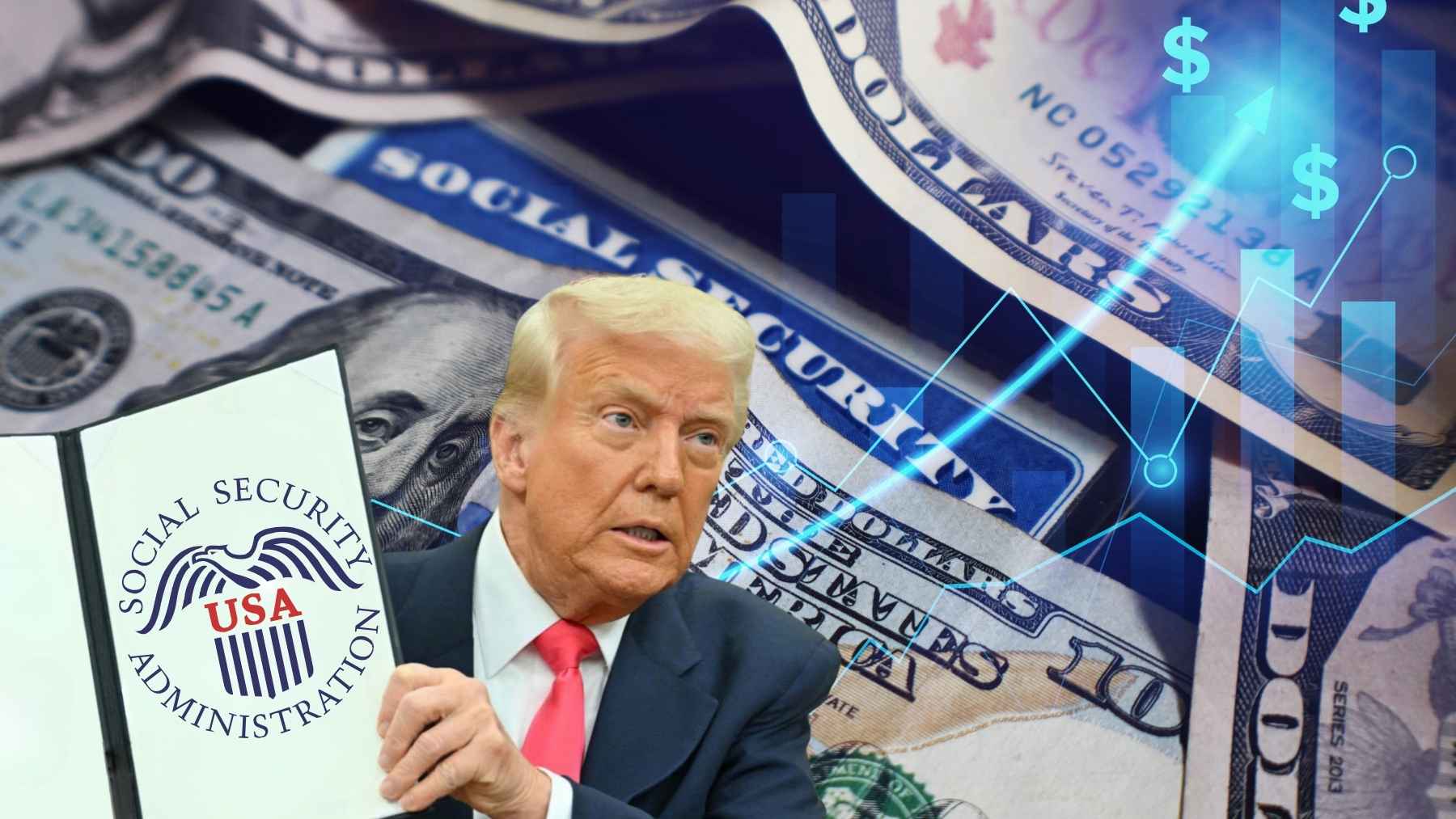There are two topics that are making headlines lately, that is Donald Trump’s renewed push for tariffs and the projected Social Security raise coming in 2026. Many may think these issues are separate from each other but they’re more connected than you think.
Tariffs Are Back on the Table
Donald Trump promised to implement a 10% universal tariff on all imported goods. He pitched to protect American jobs, bring back manufacturing and punish trade partners who don’t trade fairly.
There are many supporters who say that tariffs could strengthen domestic industries. However, there are many critics as well as economists who warn that this means raising prices on everything from electronics to groceries.
Here’s where it ties into Social Security
Inflation and Cost-of-Living Adjustments (COLAs)
Social Security benefits include an annual Cost-of-Living Adjustment (COLA) and this is meant to help retirees keep up with inflation. In 2023, that increase was a whopping 8.7%, largely due to pandemic-era inflation. For 2026, early projections suggest another significant bump—possibly in the range of 3.5% to 4.2%.
At first glance, that’s good news for seniors. More money in monthly checks, right?
Well, yes… but also, no.
That increase is tied directly to rising prices—and tariffs could be a driving force behind those price hikes. If Trump’s tariffs go through in 2025, they may directly push up the cost of imported goods. That leads to higher inflation. And that higher inflation drives up COLAs for Social Security.
A Raise That Might Not Feel Like One
To understand this, for eg. Say you’re a retiree living on $2,000 per month from Social Security. A 4% COLA in 2026 would raise your monthly benefit to around $2,080. That’s an extra $960 a year.
This may sound impressive until you realize the price of essentials such as medication, food and utilities.
In short, you’re running in place. You’re getting more money, but everything costs more too.
The Political Messaging Game
Trump allies frame the Social Security increase as proof of a “strong economy and rising wages.” His critics argue it’s a backdoor acknowledgment that his economic policies are making life more expensive, especially for those on fixed incomes.
Meanwhile, the Biden administration is warning that Trump’s tariff plan would be “a hidden tax on middle and lower-income Americans,” affecting everything from cars to clothes to appliances.
But here’s the twist: Social Security recipients might become pawns in this political chess match, with both parties claiming to “defend their benefits” while pushing economic policies that either inflate or strain the system.
Long-Term Impact on Social Security’s Health
There’s another concern here: the health of the Social Security trust fund.
Higher COLAs mean larger payouts, and if inflation remains elevated for several years, the system may become more strained. According to the Social Security Administration (SSA), the fund that pays retirement benefits could be depleted by the mid-2030s if no changes are made.
Tariff-driven inflation could accelerate that timeline, especially if wage growth doesn’t keep up and payroll tax revenues stagnate.
A Raise with Strings Attached
Yes, seniors are likely to see a Social Security increase in 2026. But before we celebrate, it’s important to ask why that raise is happening. If it’s fuelled by economic turbulence rather than genuine growth, it may be a hollow victory.
Trump’s tariffs might sound like a bold economic move, but they carry ripple effects. For Social Security recipients, it could mean more money on paper—but not necessarily more buying power or financial security.
In the end, a “raise” that comes with a higher cost of living might not feel like a raise at all.

